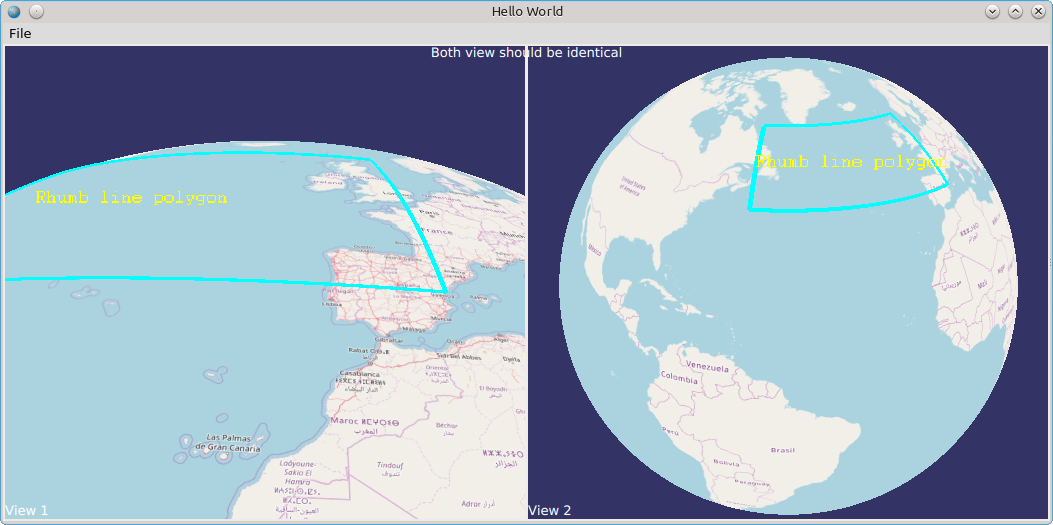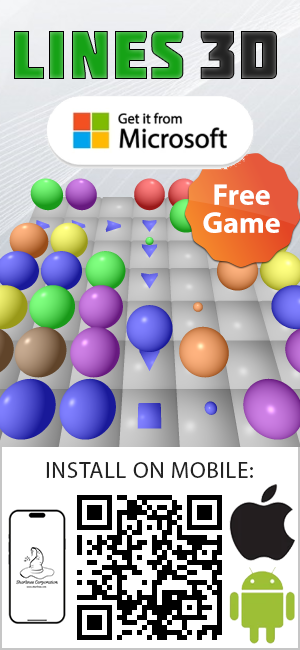The following C++ code demonstrates how to erase an element a reverse iterator points to:
#include <iostream>
#include <set>
#include <cassert>
int main()
{
std::set<int> set;
set.insert(15);
std::cout << set.size() << " ";
auto ri = set.rbegin();
auto i1 = --ri.base();
auto i2 = --set.end();
assert(i1 == i2);
set.erase(i1);
std::cout << set.size() << std::endl;
}
The output is ‘1 0’. The key point here is that the reverse iterator is an adaptor for reverse-order traversal that can be created from forward iterator with std::make_reverse_iterator.

